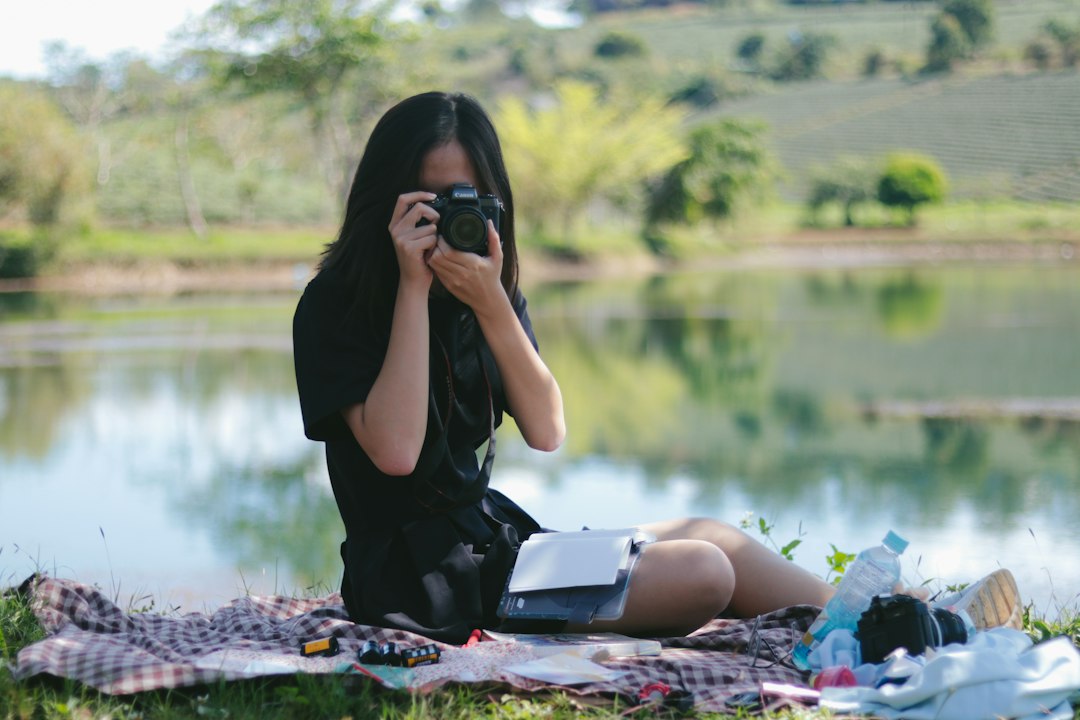Painting Techniques for Creating Stunning Landscapes
Landscapes have always captured the imagination of artists throughout history. The allure of wide open spaces, majestic mountains, serene seascapes, and enchanting forests have inspired numerous painters to recreate the beauty of nature on canvas. If you have ever tried your hand at landscape painting, you’ll know that capturing the true essence and grandeur of a landscape can be a challenging task. In this blog post, we will explore some painting techniques that can help you create stunning landscapes that truly come alive.
1. Study and Observe
Before you even begin to pick up your paintbrush, take the time to study and observe different landscapes. Visit natural reserves, parks, and gardens. Look for interesting features such as trees, rocks, waterfalls, or even the way light interacts with the landscape. Taking photographs and sketches can be a helpful reference when you are back in your studio.
2. Color Harmony
Choosing the right colors is crucial to creating a visually stunning landscape. Consider the atmosphere and mood you want to convey. For vibrant and energetic landscapes, opt for warm colors such as red, yellow, and orange. For a calming and serene scene, cool colors such as blue, green, and purple would work best. Experiment with different color combinations to find the perfect harmony that reflects the mood of your landscape.
3. Create Depth and Perspective
One of the most important aspects of landscape painting is creating a sense of depth and perspective. To achieve this, use techniques such as overlapping objects, diminishing sizes, and atmospheric perspective. Start with the background and gradually move to the foreground, giving each layer its respective level of detail and sharpness. This will create a sense of distance and make your landscape look more realistic.
4. Use Light and Shadows
To add depth and dimension to your landscape, master the interplay of light and shadows. Study how the sunlight hits different objects and creates an array of tones and highlights. Shadows can add drama and intensity to your painting, while also defining the form and structure of the landscape. Pay close attention to the direction of light and use it to create beautiful contrasts and focal points in your artwork.
5. Texture and Brushwork
Experimenting with various brushstrokes and textures can greatly enhance the visual interest of your landscape. Use thicker and more visible brushstrokes for rough tree barks or rocky surfaces, while softer and more blended strokes can mimic the fluidity of water or clouds. Play around with different brush sizes and shapes to achieve different effects and textures. Remember, the texture in your painting should align with the texture of the objects found in nature.
6. Explore Different Techniques
A truly stunning landscape can be created by exploring different painting techniques. Some popular techniques used by landscape painters include:
– Glazing: Applying a thin transparent layer of paint over an existing layer to create soft and luminous effects.
– Impasto: Applying thick layers of paint to create a three-dimensional texture.
– Sgraffito: Scratching or scraping onto wet paint to reveal underlying layers, adding depth and texture.
– Wet-on-wet: Applying wet paint onto a wet surface to create blending and soft edges.
– Dry brushing: Using minimal paint on a dry brush to create subtle textures and details.
7. Embrace Your Style
Lastly, remember that every artist has their unique style and interpretation of a landscape. Don’t be afraid to experiment and embrace your own artistic voice. Develop your own palette, techniques, and brushstrokes that resonate with you. A stunning landscape painting is one that not only captures the essence of nature but also reflects the artist’s personal expression and creativity.
In conclusion, creating stunning landscapes requires careful observation, color harmony, depth and perspective, the mastery of light and shadows, texture and brushwork, exploration of different techniques, and most importantly, the embrace of your own artistic style. With these techniques in mind, you are well on your way to creating breathtaking landscape paintings that truly capture the beauty of nature. So grab your paints, head outdoors, and let the landscapes inspire you to create masterpieces.

